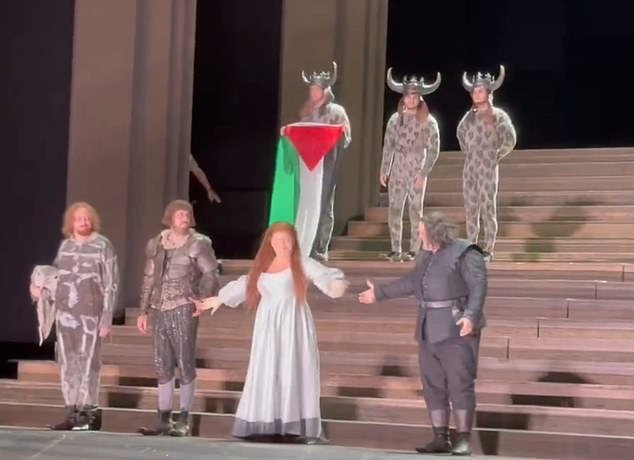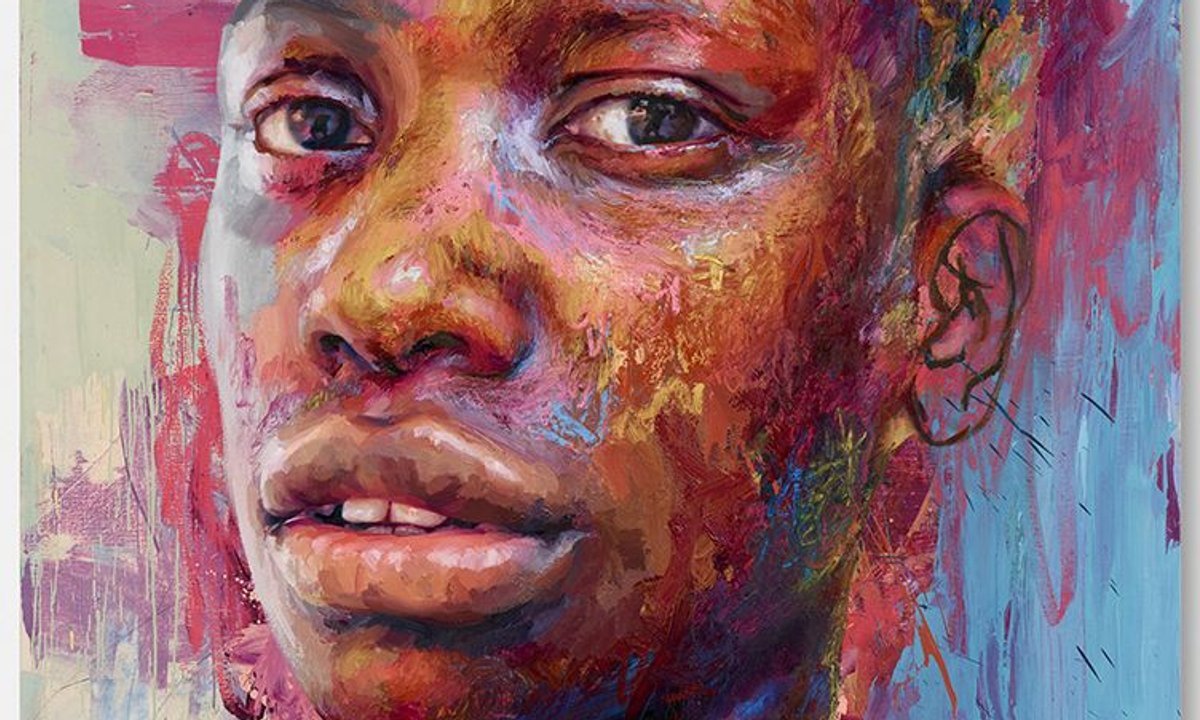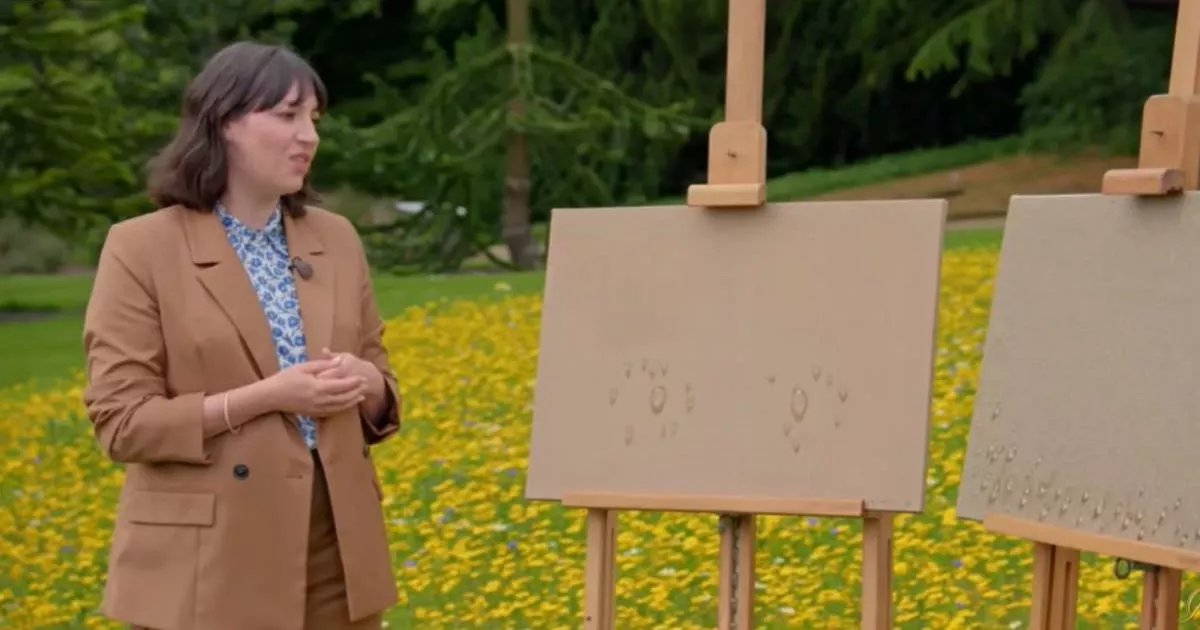The Rhode Island School of Design. The Art Institute of Chicago. Yale. Columbia. The New York Academy of Art.
Which of these is not like the others?
Unlike four of those programs, which are widely known for graduating artists who quickly rise to the industry’s upper echelons, the NYAA may cut a lower profile, but it attracts students from all over the world and, as it happens, turns out artists who are rising to equally elevated places. Unlike those other programs, the NYAA is well known for a deep training in craft that may be less stressed at many top schools.
A few examples of high-flying grads: Trey Abdella had an eye-catching booth with David Lewis at Frieze L.A. this year and an equally eye-catching show at Lewis’s New York gallery last year. Arcmanoro Niles shows his technicolor figurative paintings with Lehman Maupin and is represented in the collections of the Pérez Art Museum Miami and the Hammer Museum in Los Angeles. Naudline Pierre has shown at the MCA Chicago and the Nasher Museum in Dallas and is represented by New York gallery James Cohan. The faculty, moreover, includes accomplished figures like Kurt Kauper, Steve Mumford, and Clifford Owens.
“The school’s mission is to teach time-honored skills, but in the service of making contemporary art,” said president David Kratz, who attended the school from 2006 to 2008 and took on the presidency a year later. “This was the only job I wanted,” he said during a recent conversation in his office, where the walls and many surfaces are lined with student work.
An instructor and students in class. Courtesy New York Academy of Art.
Tuition is currently about $43,000 a year, and most students receive some kind of scholarship or aid, Kratz said. About half of that aid is raised at the school’s signature Tribeca Ball, which allows newly graduating students to mix with collectors and dealers. Tuition is higher than some top programs and lower than others: out-of-state students at UCLA pay $33,238 annually and Yale charges $46,870, while a year at RISD will run you $61,564.
NYAA is hardly the only school to teach craft—RISD’s website, for example, stresses a “rigorous studio practice” and a “passion for the history and craft of painting”—but it may be the school that is best known for establishing craft as part of its DNA.
For graduate Kylie Manning, now on Pace’s roster, technical training was just what she needed when she arrived at the Academy. “My undergraduate education at Mount Holyoke was very deeply conceptual,” she said. “We were trying to figure out what we wanted to say. The Academy completed that program, because it was hyper-focused on developing a strong hand so you can express what you’re trying to share.” Board chair Eileen Guggenheim pushed her to travel to Leipzig after graduation, where she became ensconced with painters Tilo Baumgärtel, Christiane Baumgartner, Jonas Burgert and Neo Rauch.
Christiana Ine-Kimba Boyle, Pace’s senior sales director and global head of online sales, learned about the school only through Manning (despite working at top New York galleries for several years) and has since has served on juries there.
“It’s so interesting to see how cemented that school is in New York history; it’s been around so long,” she said. “They’ve pumped out some really strong artists but haven’t gotten the accolades.” From the time she spent there, too, she noted a nurturing environment that is not always found at competitive art schools.
Artist Naudline Pierre at work. Courtesy New York Academy of Art.
Founded in 1982 by a group of artists, scholars, and patrons including no less a figure than Andy Warhol, NYAA was created to impart academic skills that weren’t being widely taught, especially at the graduate level. It all started with free drawing sessions in a church basement, Kratz said, but soon enough, artists like Jean-Michel Basquiat, Keith Haring, Kenny Scharf, and Warhol were serving on the school’s board and dropping in on classes.
“In the early days, the school was more traditional and academic, but we shifted the focus, trying to give artists all the tools they need,” said Kratz. “You study figurative work here, but you can learn everything you need to learn.”
In terms of what students need, a frequent knock on art schools is that while they teach art-making and theory, they don’t offer career development. To fill that gap, NYAA has brought on Catherine McCormick, a partner at New York’s MM Fine Art, and artist Dexter Wimberly to instruct students on issues from pricing and tax matters to how to find jobs and gallery representation. NYAA is also rare among art schools as a freestanding MFA program that is not attached to an undergraduate art school.
Courtesy the New York Academy of Art.
The Academy resides in a five-story building on Franklin Street in New York’s Tribeca neighborhood, and has been there since long before the area became a gallery mecca. It’s an apt metaphor for the way that the art world has, in a sense, caught up with the school: figurative art of various stripes has seen a major resurgence in a kind of pendulum swing after the “zombie formalism” moment that artist-critic Walter Robinson famously identified in 2014. (Real estate has also caught up: NYAA paid $3 million for the building and Kratz regularly fields cold calls offering as much as $50 million.) In big display windows between the columns on the school’s facade stand white bust sculptures of giants like Salvador Dalí, Frida Kahlo, Pablo Picasso, and Warhol.
It’s ironic for a school bearing this name to become anything like stylish; the word “academic” has been associated with conservatism ever since the Realists and the Impressionists broke with the Académie des Beaux-Arts. But NYAA has become intimately known to well-placed insiders like Wendy Olsoff, co-founder of the renowned New York gallery P.P.O.W, which is just a few steps from the school. She was serving as a juror at the school in 2014 when another artist recommended the work of the painter Elizabeth Glaessner.
“We thought, ‘Why not give her a one-person summer show,’ even though the rage was summer group shows at that time,” said Olsoff. “We thought, ‘Let’s give a young artist a chance.’ The work caught people’s attention and we continue to work together until now. She’s a little different from a lot of artists who come from the Academy in that her practice is not super-academic but rather was always exceptionally surreal. It didn’t look like anything else I was seeing or a lot of the work I see at the Academy.
“Compared to Columbia and Yale the school may still be operating a bit behind the scenes,” Olsoff allowed. “But the teachers and supporters there are very connected, and when they see someone good, they will call me. The Tribeca Ball feels unique to them. They have open studios for the gala and it’s a mob scene. Artists sell out of their studios.”
Artist Eric Fischl leads a critique. Courtesy New York Academy of Art.
Critique sessions, in which faculty and visiting artists offer evaluations of student work, are a longstanding art school ritual. On the third and final day of critiques at the Academy this year, a gaggle of faculty and staff, and visiting artist Sarah Peters, migrated among large rooms that each displayed examples by two students. Their wide range was exemplified in one room where funny and promising sculptures of text messages by Kaley Weil hung across from impressive atelier-style figural drawings and sculptures by Kaelin Palcu.
In other rooms were digitally generated sculptures and video of robotic and cyborgian figures by Pedro Dall’Stella, a peephole theater with sculptures on a stage inside by Sarah Lorito, and creepy stone and painted relief sculptures by Candice Russell. The craft was evident all around. At least the one morning I was there, concerns that reign in much of the art world were not in evidence; there wasn’t a found object to be seen, and very little talk of identity.
New York Academy of Art president David Kratz with NYAA graduate Patty Horing with one of her works at the Flag Art Foundation. Courtesy New York Academy of Art.
Topics of conversation ranged as widely as the artists’ modes of creating, spanning from the role of artificial intelligence in art-making to suggestions of artists the students could look at to the most arcane of observations. Sculptor Judy Fox pointed out that while Palcu’s drawings were impressive, one model’s sternocleidomastoid muscle wasn’t quite right.
The students came in for mixed but supportive and even enthusiastic reviews. Russell’s were “the best stone sculpture to come out of this program” per Peter Drake; Kauper told Russell that her works “don’t look like anything you see out there. That’s a great place to be.”
The crits sometimes broadened out onto the most philosophical of questions, ones that might seem far from the academic drawing at the school’s roots. Alexi Worth said that Lorito’s work raised questions like “What’s the artist’s role? Are we sophists? Why am I even painting? What is the point? That speaks a lot to what you’ve done here.”
Follow Artnet News on Facebook:






